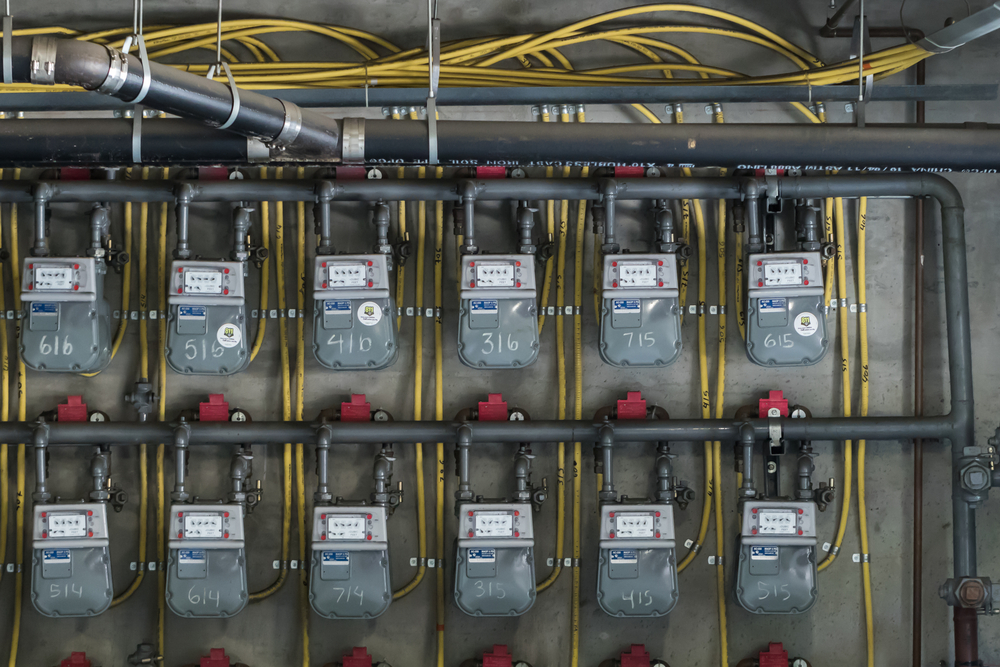Retail Rewards
Macerich + Pulse
The sustainability framework that leading retail property owner, operator and developer Macerich operates under calls for eliminating energy waste and nearly eliminating emissions, water waste and landfill impact. Evidence of Macerich’s success in translating these “Innovating to Zero” principles into best practices includes a No. 1 GRESB Benchmark ranking for four years running among North […]




